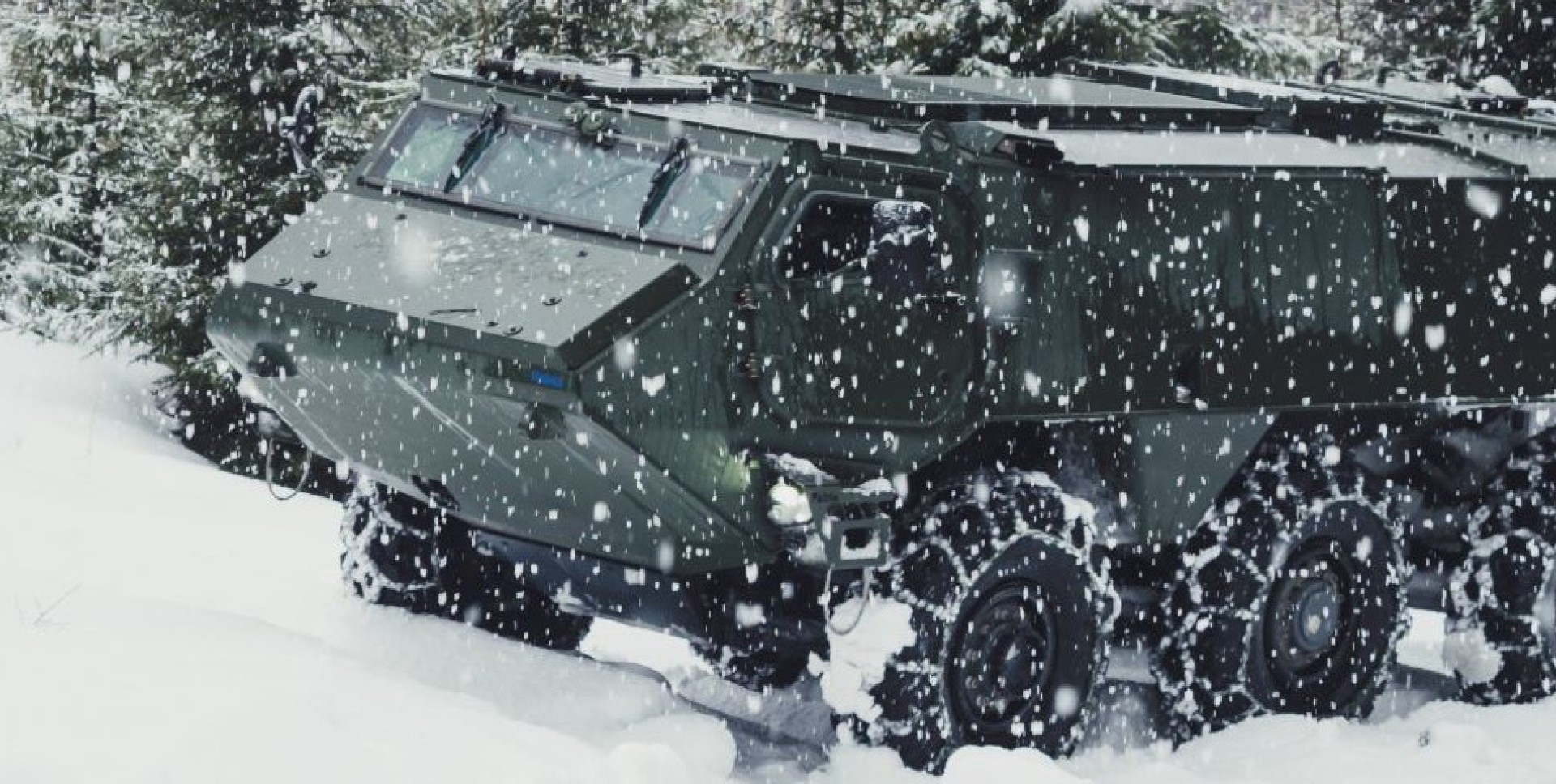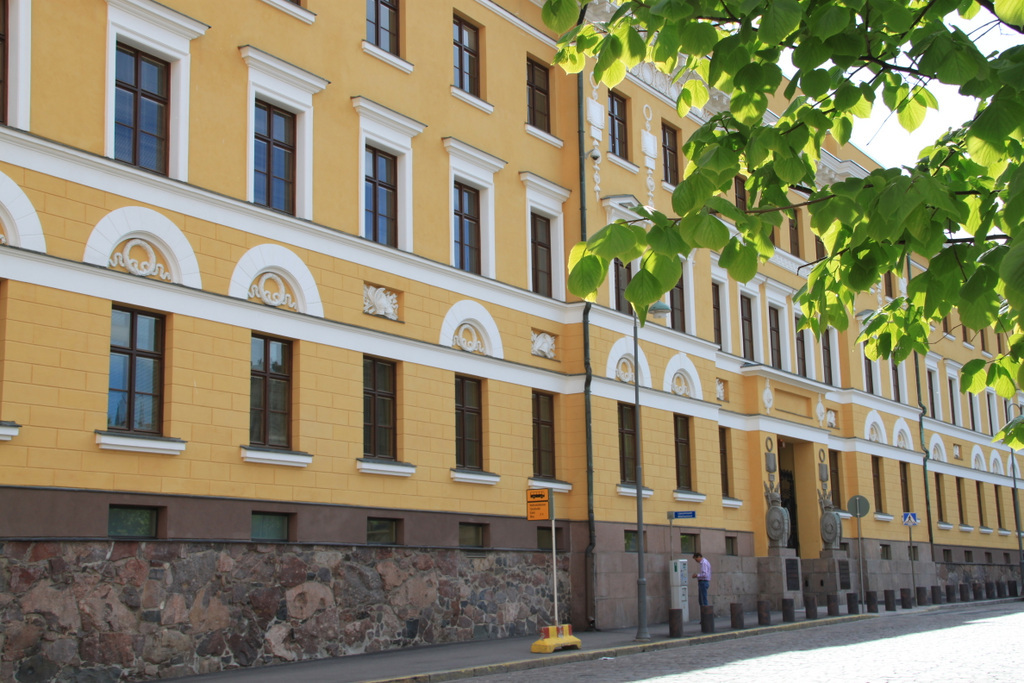@muck what is your opinion about the former NVA? I read they were the best troops in the Warsaw Pact and the only ones capable of putting a decent fight...
I've suggested this before: I genuinely think the reason for East Germans being much less averse towards Russia in comparison to the citizens of other former Russian client states is that Moscow cleverly made them feel as if they were on the right side of history again.
The former Nazis, the pariahs were all in West Germany according to Soviet propaganda. East Germans loved hearing that and repaid their new masters with a kind of loyalty which the Russians (understandably) failed to enlist from, say, the Poles or Czechoslovaks (the linked paper actually comments on Moscow's mistrust towards them, speculating they would've been no good on the offensive).
But to be fair, it's one hell of a motivator to know for sure that the next war will undoubtedly be waged in your literal back yard. Poland and the CSSR would've fought formidably if attacked by NATO. That they might not have fought as fiercely as the East Germans in the event of a Warsaw Pact attack on NATO speaks for them, I daresay.
Depends on the standards I guess. The Dutch army made the move towards that type of housing sooner, but buildings are still moldy, poorly isolated and generally not beneficial to health. Just last year a base temporarily had to suspend work for weeks because conditions were so bad. It's been an issue for many years and not much is done about it because what can you do right? Meanwhile no effort or expense is spared on dotting the country with centers for assylum seekers ASAP.
You know I share your sentiment here, but I also can't help but point out the fact that every once in a while even freshly-constructed asylum seeker centres have to close over some health code or building code violations … I guess we have developed a way of being rubbish at everything?
Nevertheless, in my estimation housing is amongst the few areas which are not concerning.
But what if the equipment being bought on the civilian market are the bare essentials because the armed forces don't have it in stock nor on order because there is no money and politicians have other priorities even if the money was there?
Ops-vests, body armor, helmets. I recall it all being ordered because various armed forces were incapable of providing it to troops deploying to an active warzone.
True, but that ceased being an issue like ten years ago. Soldiers spent thousands on non-issued gear for Afghanistan in particular, a damning indictment of both military and government. But the situation had already been improved much when I served as a reservist again in 2014. The only non-issued piece of equipment I felt like I had to buy was a pair of gloves, but that was on me and my kiddy fingers …
The last huge issue that remained a thing until recently
were these things, the German equivalent to ALICE, with which everyone but the infantry and formations on deployment had to make do. I'll gladly admit I hated how I looked wearing that in 2015 (the Americans retired ALICE in the mid-2000's) – but frankly, it did serve its purpose, it just wasn't very comfortable and looked like S**t. But then again, if I consider what feats Ukrainian reservists accomplished in 2022 with even less than that, I can't with a straight face claim that even the infamous
Koppeltragegestell would've prevented me from discharging my duties adequately.
This is true for NATO as a whole though where a move from one country to another with three in between involves at least five separate paperwork trails. Additionally after the Cold War infrastructure requirements were ignored to save money meaning a lot of the local and regional network can no longer support the heaviest loads, especially armour. Not to mention the poor state of infrastructure in general.
Yep. Particularly "yep" on the latter. The EU did (for once) something very wise there with its new infrastructure improvement scheme.
If you want to know why the German and Dutch armies concocted the "medium brigade" in the first place – all heavy equipment redeployments to Lithuania rely on a single railroad bridge. I was baffled when I read that. If that bridge gets taken out, it'd take a German or Dutch tracked brigade five to seven days to move to Vilnius on its own axles, including at least one river crossing.
That's where the Boxer comes into play, it could get there so much faster on its own eight wheels.
I think it is difficult anywhere, if you talk about numbers for national defense in large scale war. That is why we tend to see switch to conscription in these kind of events. Even countries like russia with total control of information space, ultranationalism and military training in basic education had trouble.
Therefore I think the choice is, do you want your conscripts and large reserve trained and equipped beforehand in a timely manner, or do you want to train and equip them fast when SHTF. Surprisingly many countries currently, and in the past, chose the latter option.
See, the funny part is we deliberately retained the constitutional provision for conscription to leave room for the very situation we're in now, foreseeing we probably wouldn't get a constitutional amendment through parliament in time. All it'd take now is a simple minority vote, but they're not even capable of agreeing on that.
The ranking defence committee member of Scholz's liberal coalition partner genuinely suggested the other day that the geopolitical situation wasn't threatening enough to justify so grave a restriction of personal freedom as conscription – and that's despite the fact we held onto conscription till 2011 (i.e. for an entire 21 years post 1990 when Germany was undoubtedly not militarily threatened). If the current situation doesn't justify going back to that well, I honestly don't know what would.
Senior members of the Russian government speak openly about their plans to attack the territory of Germany's allies and Germany itself. And you can always brush that off as "just talk", which it obviously is (until it isn't); but that's not responsible governance as far as I'm concerned. We need to prepare for the worst case possible, not the worst case we're capable of imagining. And Russia has made one thing clear in 2022: Their decision-making processes are not based on logic or a bookkeeping-like cost-benefit analysis.
Would you be surprised to hear the aforesaid liberal party was the strongest amongst first-time voters in 2021, and needs their votes in 2025 so as not to get kicked out of parliament again? Along with the Social Democratic and Green youth organisations (which are decisively more left-wing than their parent parties) they've seriously begun to build a case of "intergenerational justice".
They're genuinely suggesting that young people shouldn't be expected to serve a society that's "betrayed" them by way of having caused climate change. "End fossile fuels and I'll enlist" is a slogan I actually read on X the other day.
I'm afraid to say there's not just a "Western" and an economic aspect to this issue. There's also woke ideology which we'd have to overcome. And we just won't overcome it if we wait for generation "four-day week with no loss of pay" to come to its senses again …












